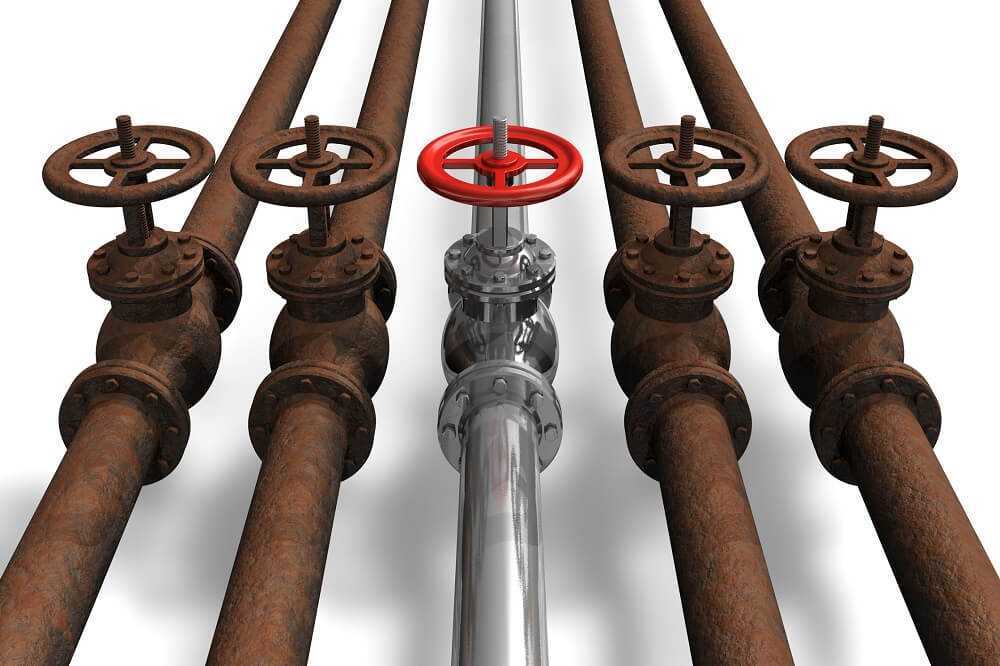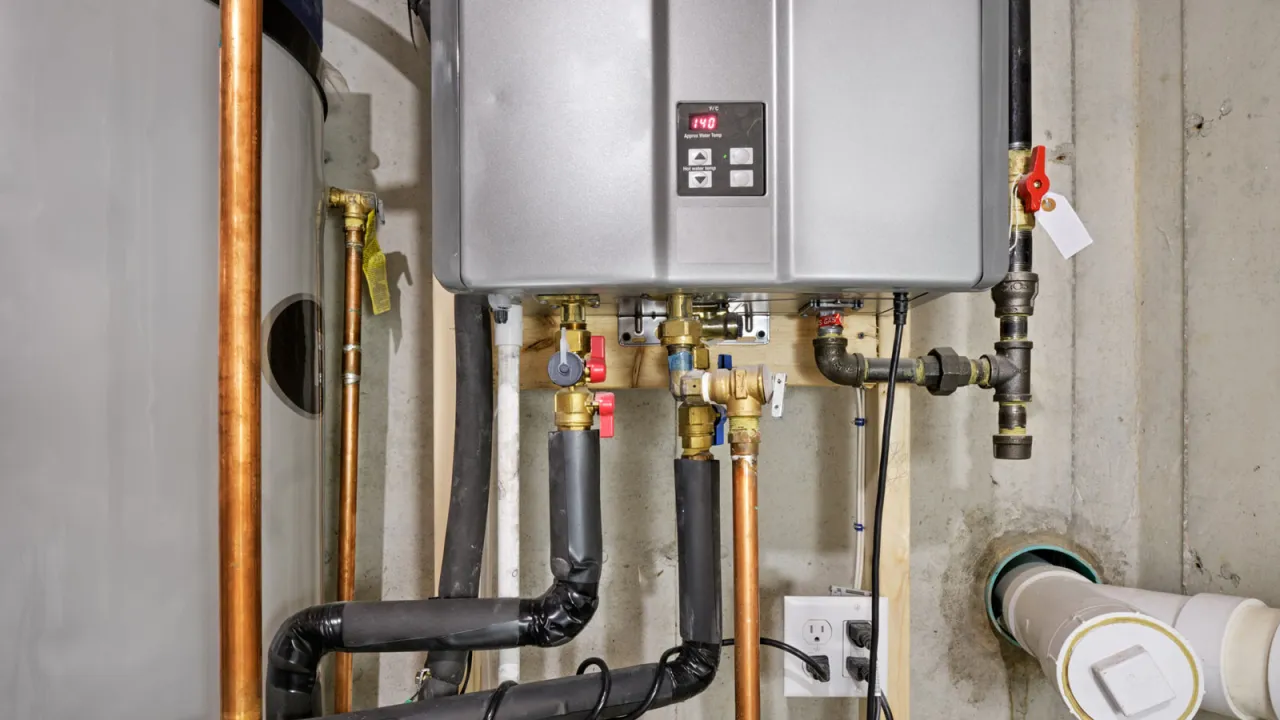Ensuring an optimal water pressure in your residence or business is not just about comfort; it’s about preventative maintenance for your buildings’ plumbing system. Neglecting signs of suboptimal water pressure can lead to serious and costly complications. As such, a proper understanding of how to maintain water pressure and detect the need for professional intervention will save you stress and money.
Contents
- Importance of Water Pressure Regulation
- Guidance to Determine Water Pressure
- Resolving Pipe Clogging Problems
- Tips to Adjust Your Valve
- Dealing with Leaky Pipes
- Ways to Increase Water Pressure
- Causes behind Low Water Pressure
- Warning Signs for Main Line Clog
- Advantages of Water Booster Pumps
- Conclusion: Keep Your Water Flowing Smoothly
- Frequently Asked Questions (FAQ)
Importance of Water Pressure Regulation
Maintaining suitable water pressure in your household plumbing is integral to the functionality and longevity of appliances and the overall infrastructure. The Environmental Protection Agency (EPA) suggests an ideal water pressure between 40-60 psi for most homes, indicating that a pressure above 80 psi might generate damage over time.
Surprisingly, research conducted by the Insurance Institute for Business & Home Safety (IBHS) found that failures pertaining to plumbing supply systems constitute residential water losses’ leading source. Besides, approximately one in every 318 buildings lodges a yearly property damage claim due to water supply system issues.
Guidance to Determine Water Pressure
Understanding your home’s current water pressure is the first step towards its ideal maintenance. Many local hardware stores offer simple-to-use pressure gauge kits that will provide an accurate reading.
If this value lies within the EPA-suggested range of 40-60 psi, congratulations—your house is on track! However, values exceeding 80 psi demand professional intervention to prevent potential long-term damage.
In contrast, if you find that your pressure is below this recommended range, there may be other issues at hand. Persistent low pressure often suggests an underlying problem which should be addressed promptly to ensure the health and longevity of your plumbing system.
Resolving Pipe Clogging Problems
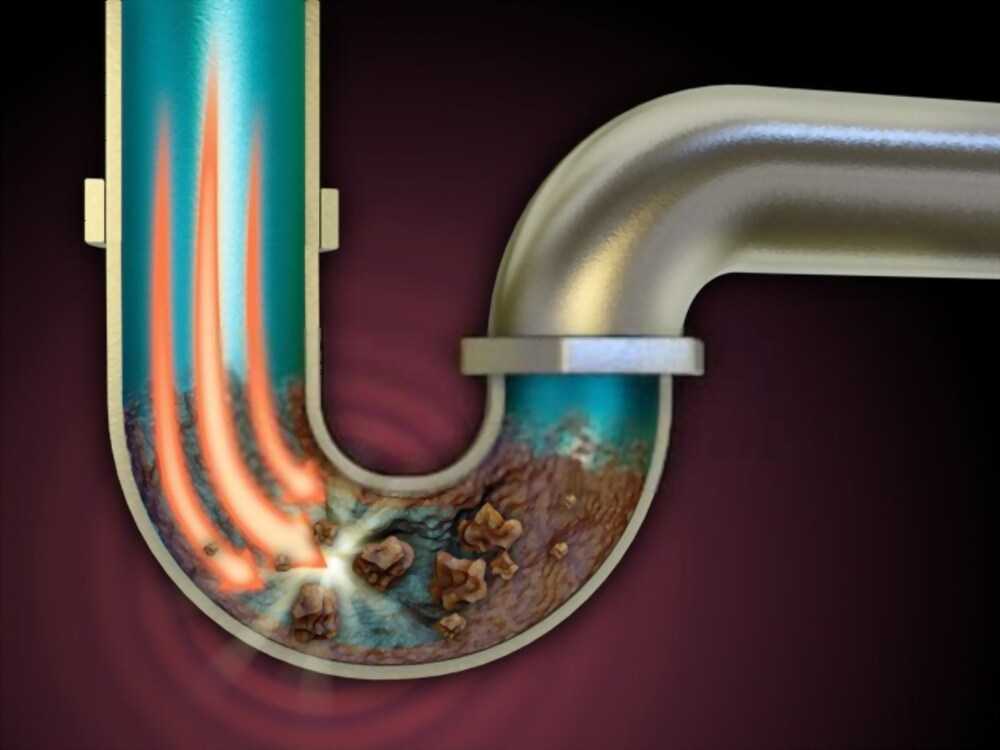
The under-performance of water pressure can often be attributed to clogged pipes. Clogging, which obstructs the water’s free flow, can result from various factors such as extensive mineral build-up or debris accumulation.
The trouble is, pipe clogging operates like a silent saboteur, impeding water flow without any noticeable signs until the pressure drop becomes evident. Hence it’s always smart to proactively detect and treat clogs at regular intervals.
If you suspect your pipes are clogged and you are uncomfortable handling them yourself, call a plumbing professional like Dan’s Plumbing to mitigate disruption and secure optimal water flow in your structure.
Tips to Adjust Your Valve
Another step towards maintaining proper water pressure involves monitoring valve activity in your home. A semi-closed valve impedes the water force and decreases overall pressure. To rectify this, ensure all valves are fully open, allowing maximum water flow.
In houses equipped with pressure-regulating valves (PRVs), The Home Depot advises they have a lifespan of 12-20 years and thus merit regular checks. For optimal functioning of a PRV, conduct periodic inspections and adjustments as required.
Dealing with Leaky Pipes
A common source of low water pressure is leaky pipes, as they lose significant amounts of water en route to their destination, depleting pressure. Be vigilant about potential leaks: unnaturally lush portions of yard or inexplicably high water usage are signs that a leak might be occurring in your plumbing system.
In case you encounter a leak within your premises, it’s essential to contact professional help promptly. Taking preventive measures against leaky pipes not only preserves your water pressure but also helps conserve water, which aligns with the broader environmental aspect of water management.
Ways to Increase Water Pressure
Increasing water pressure involves various strategic approaches. If you struggle with a shower that emits only a weak trickle of water, a high-pressure shower head may be your solution.
Switching to smaller yet efficient plumbing fixtures can help increase your home’s water pressure without compromising either the system’s integrity or the environment. It could also be beneficial to upgrade your pipes with wider variants, as larger diameters provide a greater water flow capacity which eventually enhances the water pressure.
Causes behind Low Water Pressure
The causes behind low water pressure can be numerous and complex, spanning from clogged pipes to problematic valves, leaks or even issues arising from a commune’s shared supply like peak use times in your locality.
In some extreme cases, low water pressure could be indicative of more severe problems such as fractured pipes or even root infiltration. The key takeaway is that persistently low water pressure should never be ignored.. It is always better to call in a certified professional like Dan’s Plumbing to get an expert assessment and take corrective measures proactively.
Warning Signs for Main Line Clog
If you’re experiencing some issues with your home’s water supply, there are several tell-tale signs that point to a potential clog in your main line. Difficulty flushing toilets is usually one of the first signs. Mainline drains carry waste from toilets, so if you’re having challenges here, it might be time to call in the pros. Furthermore, irregular water movement in your plumbing fixtures is another red flag. For instance, if the water backs up into a shower when you flush the toilet, it could suggest a main line clog.
Other signs include frequent backups in multiple fixtures and slow draining across multiple fixtures. Additionally, pools of water near your main sewer line could signal an issue too. The Insurance Institute for Business & Home Safety (IBHS) points out that the plumbing supply system failures are the leading source of residential water losses, with 48% resulting from pipe material failures. So, these symptoms should not be overlooked.
The last thing to look out for is an unpleasant odour emanating from your drains or taps. This foul smell is usually sewage backing up from the mainline into your home’s pipes.
If you notice any of these warning signs, give us a call at Dan’s Plumbing. Our expert team will quickly assess your plumbing and recommend necessary action.
Advantages of Water Booster Pumps

Let’s now pivot to a conversation on water pressure optimization—more specifically, on how Water Booster Pumps can make a world of difference in maintaining optimal water pressure at home. As pointed out by Environmental Protection Agency (EPA), most residential homes should maintain a water pressure between 40 and 60 pounds per square inch (psi). Water Booster Pumps come in handy if your home has low water pressure.
Low-pressure issues could affect all aspects of your homes such as water supply, tap valves, shower mechanisms and more. The benefits of Water Booster Pumps are significant and range from providing superior flow rate for showers, improving the efficiency of home appliances to ensuring consistent water pressure, even when multiple taps are open at the same time.
The American Water Works Association (AWWA) reveals that maintaining optimal water pressure can save municipal water supply systems millions of dollars in reduced leakage rates. This suggests that a similar principle could be applied for homes too. Saving money, conserving water and evidence-backed improved hydraulic engineering—it’s hard to deny the advantages.
Last but not least, following WRAS regulations, residential properties should not exceed water pressure at roughly 12 bar which equates to about 175 psi—something homeowners need to keep tabs on. Whether you need help with installation, maintenance or troubleshooting, Dan’s Plumbing is always ready to assist. We highly recommend homeowners regularly check their pressure-regulating valves (PRVs) which The Home Depot claimed has a lifespan of about 12-20 years.
Conclusion: Keep Your Water Flowing Smoothly
Changes in your plumbing system like increased resistance leading to pressure drops or potential mainline clogs might be out of sight but should never be out of mind. It’s essential that upon observing any potential signs of troubles with your plumbing system, you reach out promptly to a professional plumbing service like Dan’s Plumbing. Trust us to keep you informed and keep your home’s water supply running efficiently and safely, protecting both your property from potential damage and ensuring optimal water conservation.
Frequently Asked Questions (FAQ)
What is the ideal water pressure for a residence?
The Environmental Protection Agency (EPA) recommends a water pressure between 40-60 psi for most homes.
How can I determine my home’s water pressure?
You can use a pressure gauge kit, available at most local hardware stores, to accurately determine your home’s water pressure.
What are the implications of high water pressure?
High water pressure over 80 psi can cause damage to your property over time. It is a leading cause of plumbing failures and consequent property damage.
How can I tell if I have a clog in my pipes?
A crucial sign of a clogged pipe is a significant decrease in water pressure. If you’re experiencing persistent low pressure, it might be due to clogged pipes.
What are the signs of a leaky pipe?
Signs of a leaky pipe may include areas of lush vegetation in the yard indicating excess water, abnormally high water usage, or water damage in the structure of your building.
What is a Water Booster Pump and what are its benefits?
Water Booster Pump is a system used to increase water pressure in your home. The benefits include providing superior flow rate for showers, improving the efficiency of home appliances, and ensuring consistent water pressure.
Are there strategies to increase water pressure in my home?
Yes, strategies include using high-pressure shower heads, switching to smaller yet efficient plumbing fixtures, and upgrading pipes to wider variants for greater water flow capacity.
What are the causes behind low water pressure?
Low water pressure can be caused by clogged pipes, problematic valves, leaks, or issues arising from a shared supply. In severe cases, it may indicate fractured pipes or root infiltration.
What are the warning signs of a main line clog?
Signs of a potential main line clog could include difficulty in flushing toilets, irregular water movement in your plumbing fixtures, frequent backups in multiple fixtures, and/or slow draining across multiple fixtures.
Dan’s Plumbing is a leading name in emergency plumbing across Australia. We ensure prompt and effective plumbing solutions for residents across Brisbane, Sydney, Melbourne, and the Gold Coast.
- Preventing Corrosion in Your Pipes: Professional Pipe Inspection Services - September 26, 2024
- Upgrading to Smart Plumbing Technology – Professional Smart Home Integration - September 26, 2024
- Top Tips to Minimise and Combat Mould and Mildew in Your Bathroom and When You Might Need a Professional Mould Removal Service - August 26, 2024
Related posts:
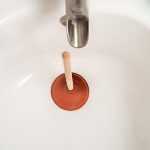 Keeping Your Brisbane Shower Drain Clear of Clogs: Signs It s Time to Seek Professional Help
Keeping Your Brisbane Shower Drain Clear of Clogs: Signs It s Time to Seek Professional Help
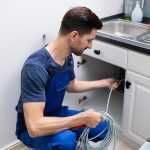 Recognizing Signs of a Plumbing Emergency: When to Call Dan’s Plumbing ASAP
Recognizing Signs of a Plumbing Emergency: When to Call Dan’s Plumbing ASAP
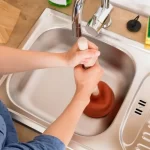 Simple Tips for Smelly Drains and Tell Tail Signs You Need a Professional Drain Cleaning Service
Simple Tips for Smelly Drains and Tell Tail Signs You Need a Professional Drain Cleaning Service
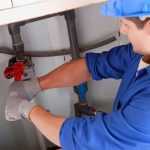 Detecting Common Sydney Household Plumbing Leaks: When to Call a Professional
Detecting Common Sydney Household Plumbing Leaks: When to Call a Professional
 When DIY Plumbing Won t Cut It: Signs You Need to Call a Licensed Plumber
When DIY Plumbing Won t Cut It: Signs You Need to Call a Licensed Plumber
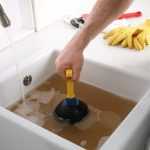 Simple Bathroom Maintenance Tips for Beginners Knowing When to Call Dan’s Plumbing
Simple Bathroom Maintenance Tips for Beginners Knowing When to Call Dan’s Plumbing


